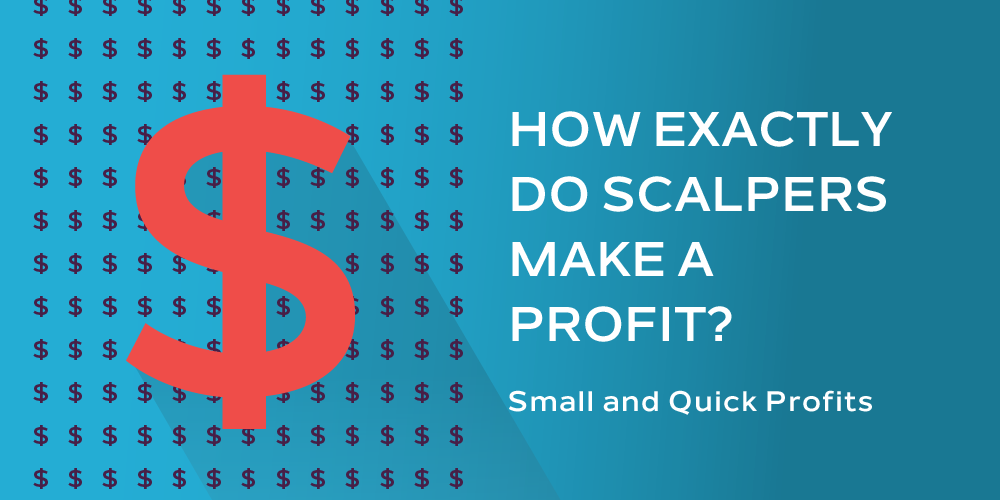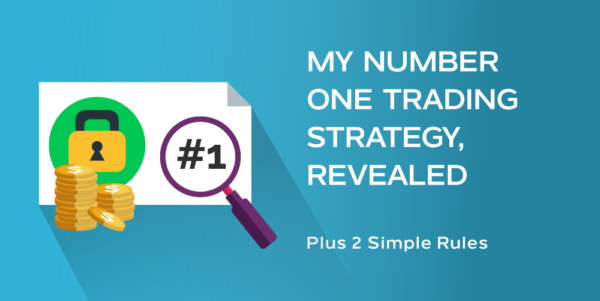
While it’s pretty standard for investments to hold their positions long term, trades are more short-term in their thinking. An intraday trader may make one or even several trades during a trading day; a scalper could make hundreds or even thousands of trades in a single session.
So what the heck is scalping?
Simply put, scalping is a method of trading markets intra-day, trying to make a small and quick profit many times over. In reality, scalpers attempt to take advantage of various factors that may allow them to enter and exit positions within a matter of minutes, seconds or even fractions of a second.
Fun Fact: Modern day scalping done in fractions of a second is primarily run by mega-computers that use sophisticated algorithms to make just pennies on a trade. Their secret is to make one or two pennies thousands of times over within an hour.
Some of the factors that a scalper may consider when employing a methodology include:
- Bid and ask spreads
- Volume studies
- Momentum studies
- Market liquidity
- Volatility
Any market – such as stocks, futures or Forex – can be subject to scalping. Scalping may also be utilized as part of an arbitrage strategy between two or more markets.
Let’s take a look at an example.
Selling an e-mini SP futures contract on an extreme TICK reading: The tick index is a breadth indicator that may signal overbought or oversold market conditions. A scalper might enter a long position when the market is oversold, and enter a short position when the market is overbought. Traders might look to make a quick profit by catching the “bounce” and getting in and out of the position very quickly.
Buying the bid and selling the offer: Markets exhibit a spread between the bid price and the offer price. For example, a share is $10.05 / $10.10. A scalper might it buy at the bid price of $10.05, then immediately turn around and sell at the offer price of $10.10. A scalper may also look to operate inside the spread. In this case, the scalper could look to buy the shares at $10.12, and immediately turn around and sell them for $10.14.
Various arbitrage strategies: An arbitrage trader could potentially look to trade the big SP500 futures contract versus the e-mini SP500 futures contract. While the big contract trades in dimes, the e-mini trades in quarters. If the big contract is quoted at 1900.10 and the e-mini is trading at 1900.25, a scalper could potentially try to sell five of the e-mini contracts at 1900.25 while purchasing one of the big contracts at 1900.10 (The e-mini is 1/5th the size of the big contract). If the trader can execute such a trade, the $.15 difference would represent a gross profit.
While scalping may sound simple, it’s anything but. A trader must consider some of the key factors that can affect success. These include what markets they trade in, the method of trade execution, internet speed and more. Also, due to the extremely active nature of scalping, commission costs and trading fees must be considered as these expenses can quickly consume any potential profits.










